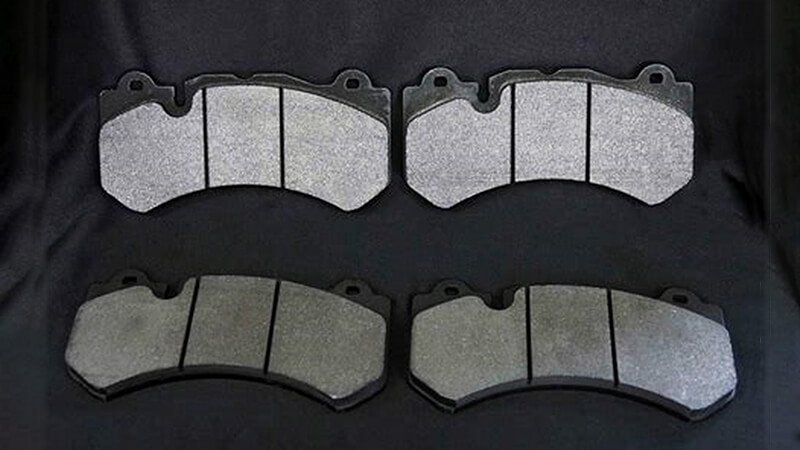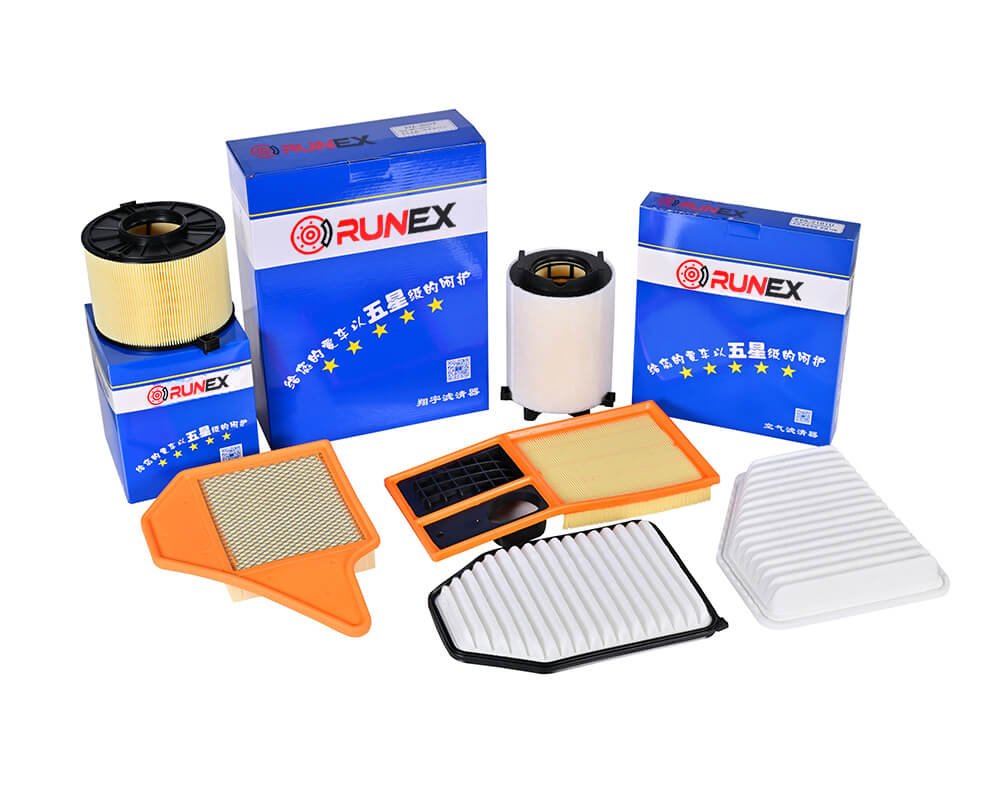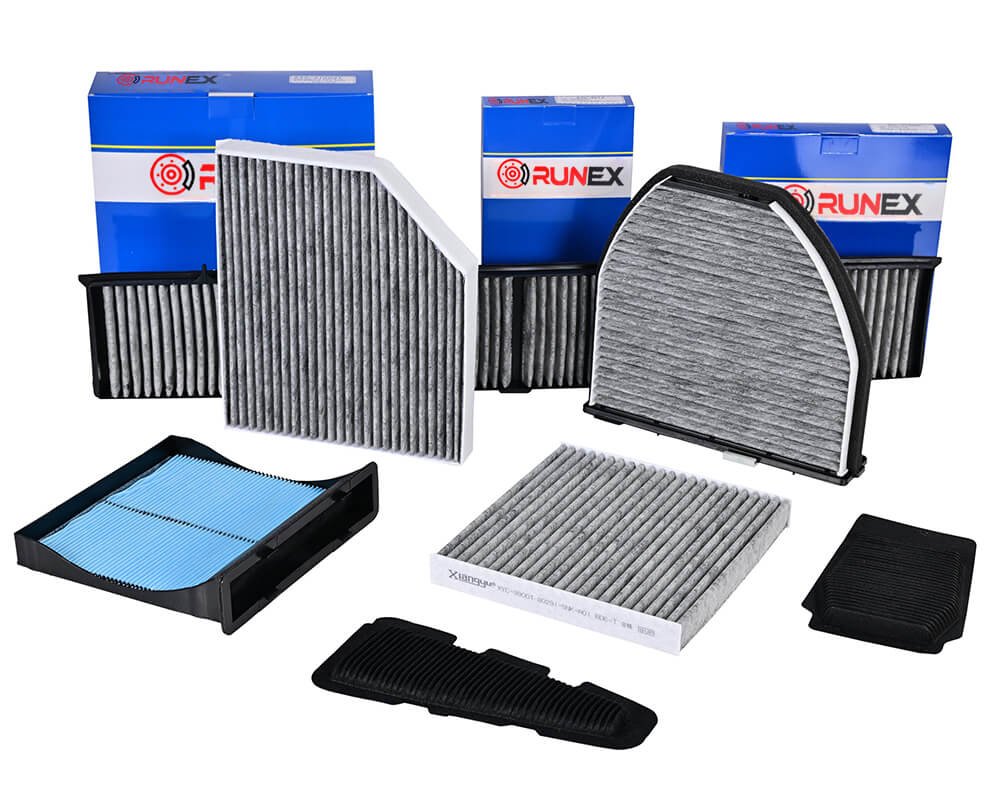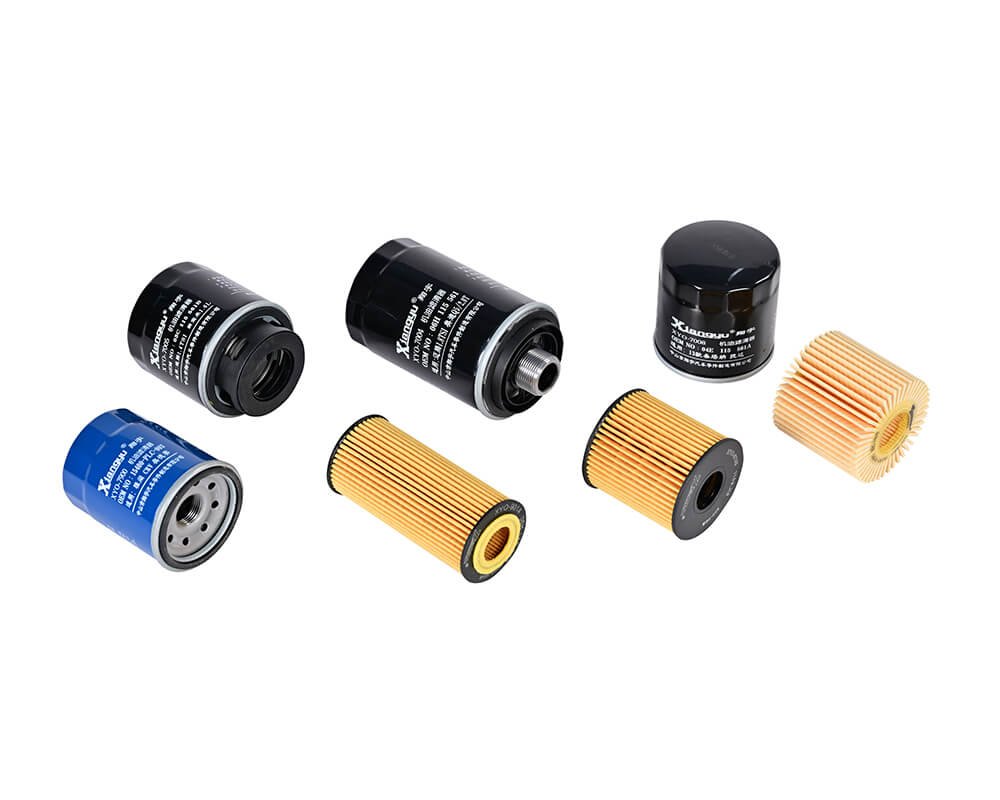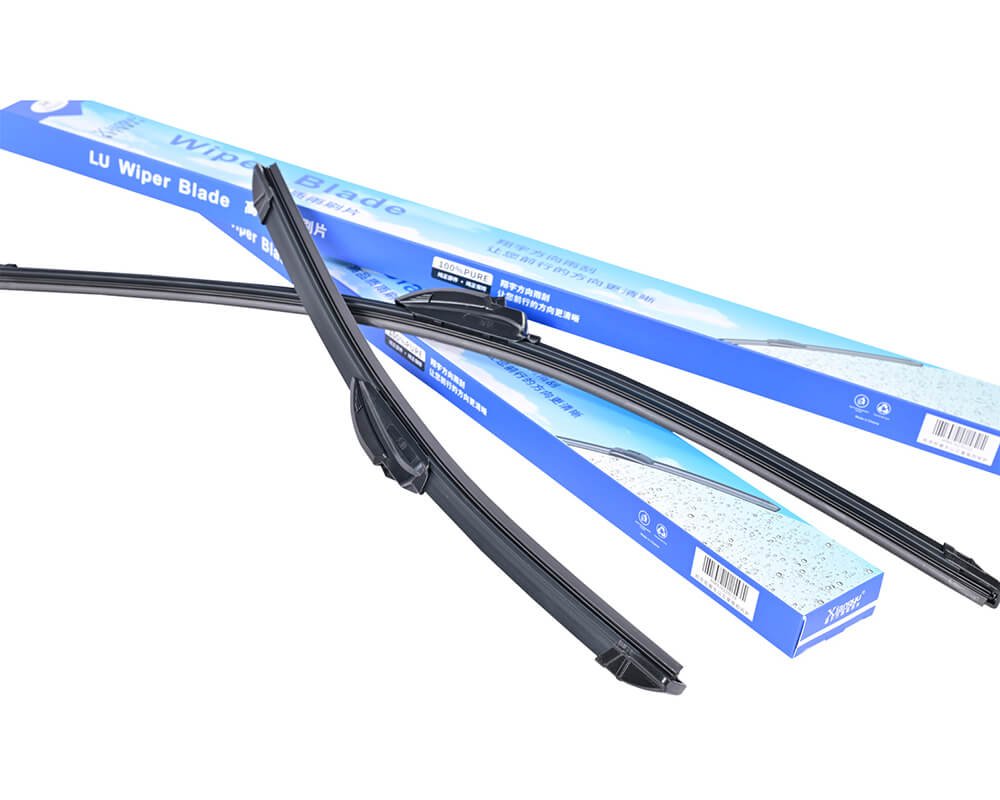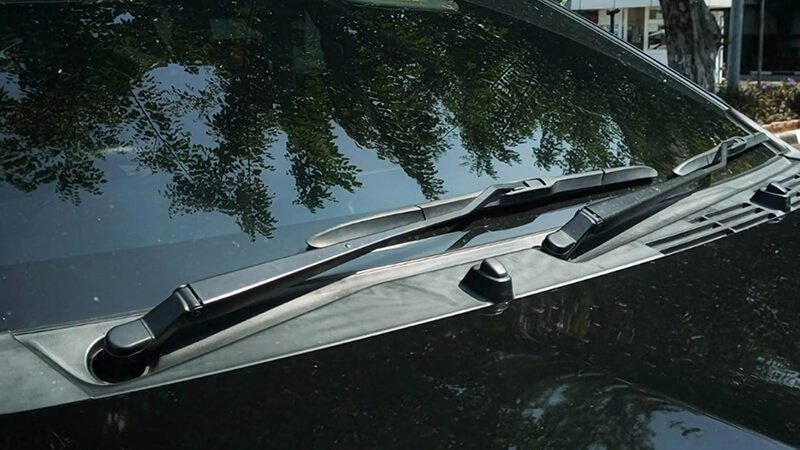When rear brake pads wear out without warning, the consequences can be costly. I've seen fleet managers lose both time and money because of unexpected maintenance that could’ve been easily avoided.
Rear brake pads should generally be replaced every 45,000 to 70,000 miles, but that depends on your vehicle, driving habits, and road conditions. Regular inspection is essential to avoid accidents and expensive repairs.
Neglecting rear brake pad replacement might not show immediate effects, but damage builds up. It affects the rotors, increases stopping distance, and compromises vehicle safety. Whether you're managing a personal car or a fleet, proactive brake maintenance saves more than just parts—it protects your entire operation.
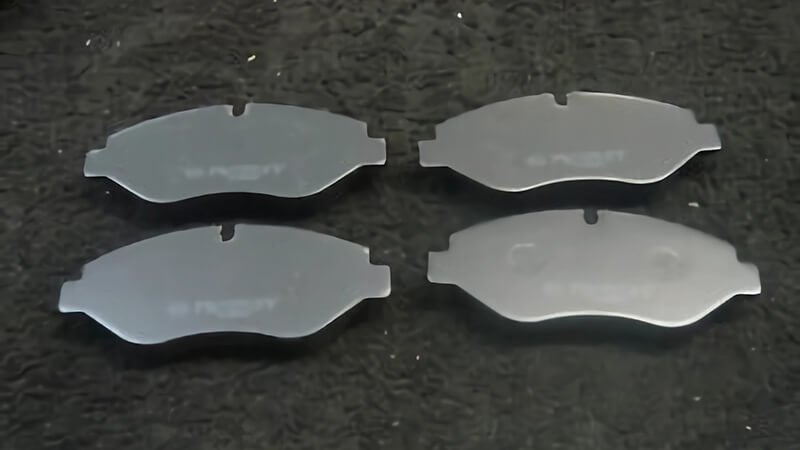
How long should rear brake pads last?
Some drivers change pads too early, others wait too long. Neither is good. Overlooking your brake pad life can ruin your rotors or, worse, put you at risk on the road.
Rear brake pads typically last between 45,000 to 70,000 miles. However, this range depends heavily on the driver, vehicle load, terrain, and brake pad material.
Why mileage alone isn't enough
Mileage is a basic reference, not a rule. Rear brake pads usually wear more slowly than front pads, but several things change that:
| Factor | How it Affects Brake Pad Life1 |
|---|---|
| Driving Style2 | Aggressive braking wears pads faster |
| Terrain | Hilly or stop-and-go traffic adds stress |
| Load | Heavy vehicles need stronger, more durable pads |
| Material | Organic pads wear out faster than ceramic or semi-metallic ones |
At Runex Auto, our brake pads are engineered for durability. We use high-friction, wear-resistant compounds to extend their lifespan even under fleet conditions. Our clients who switch from generic pads to Runex often report longer service intervals—some by as much as 25%.
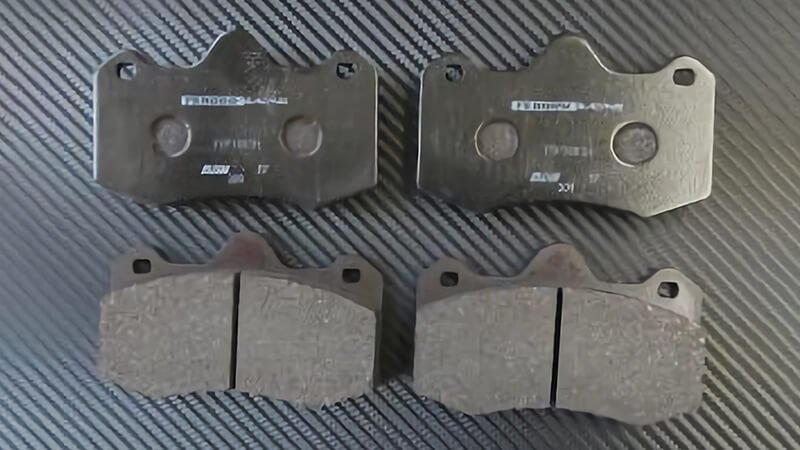
How do I know when to replace rear brake pads?
Most people only notice something's wrong after it’s already a problem. Squealing, grinding, or poor braking performance are all signs, but waiting until they appear can mean you’re already overdue.
Replace your rear brake pads if you hear squealing, feel vibration when braking, or notice reduced stopping power. A visual check showing 3mm or less of pad material also means it’s time.
Spot the signs before they become problems
There are four clear indicators:
- Noise – High-pitched squeals or grinding sounds mean the pads are gone or going.
- Brake Response3 – If stopping feels delayed or soft, friction is already reduced.
- Warning Lights4 – Many modern vehicles have wear indicators for brakes.
- Visual Inspection5 – Less than 3mm of pad? Time to replace.
At Runex Auto, we include wear indicators and anti-noise shims on all rear brake pads. These features help you identify issues early—before rotor damage occurs. I recall one UK-based fleet partner who ignored these signs. The cost to replace rotors for 20+ vehicles? Over £12,000. All avoidable with regular checks and better pads.
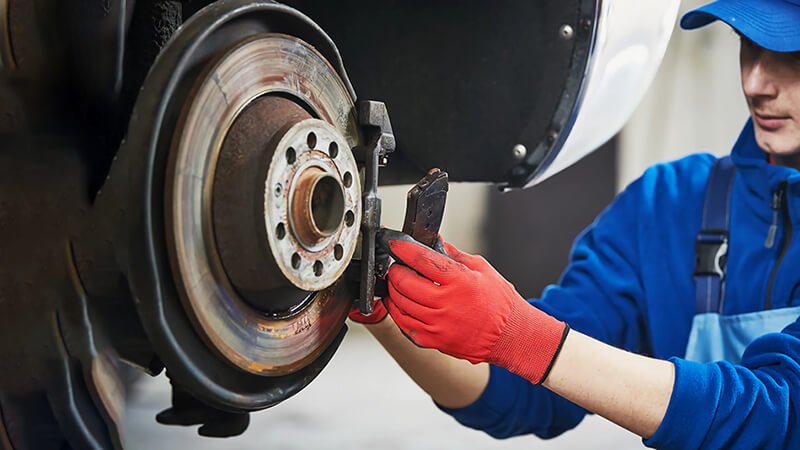
What is the 30/30/30 rule for brakes?
Too many users install new brake pads and expect instant peak performance. That’s not how it works. Brake pads need to be broken in properly—or you risk reducing their effectiveness right from day one.
The 30/30/30 rule refers to bedding-in new brake pads: perform 30 stops from 30 mph with 30-second intervals to help them adapt and prevent uneven wear.
Why break-in matters
When you install new brake pads, the friction surface isn't fully mated to the rotor. That’s where the 30/30/30 rule6 helps:
- 30 stops allow gradual heat buildup
- From 30 mph ensures moderate energy without over-stressing new pads
- 30-second intervals prevent overheating
At Runex, we design our brake pads to adapt quickly with minimal bedding. But even then, I always recommend the 30/30/30 method for full effect. Customers often ask me, “Is this really necessary?” The answer is yes. Especially for fleet vehicles where consistent brake performance7 directly affects safety and cost.
And remember: skipping this step can cause glazing8—where pads harden and lose friction, requiring premature replacement.
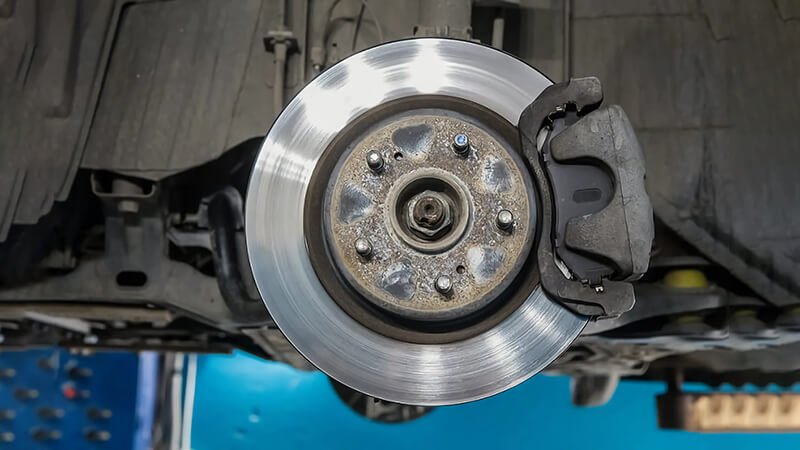
Is it necessary to replace rear brake pads?
Some people think rear brake pads don’t do much, so they skip replacements. That’s a mistake. Rear brakes help maintain balance, especially under load or emergency stops.
Yes, replacing rear brake pads is essential. Even though they wear slower, they contribute to overall braking balance and system health. Neglecting them leads to uneven wear and increased risk.
Rear brakes are not optional
Your car’s front brakes handle most of the stopping force. But rear brakes are critical for:
- Brake balance9 – Ensures even pressure and avoids swerving during stops
- Vehicle stability10 – Especially during emergency braking or sharp turns
- Extending front brake life – By sharing the load
At Runex Auto, we’ve optimized rear brake pad compounds to balance wear with stopping power. In fleet trials, using both our front and rear brake pads has reduced rotor wear by up to 18%, and improved tire longevity too.
A client in Germany once tried replacing only front pads with ours and leaving the rears from another brand. They called me a month later. Their drivers reported uneven braking and rear pad dust contaminating sensors. We switched all pads to Runex. The feedback after? Smooth performance, lower maintenance, and quieter stops.
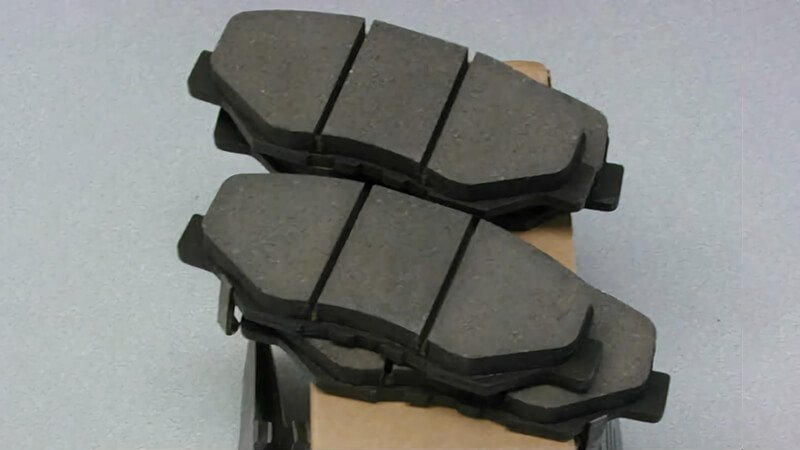
Conclusion
Rear brake pads 11 are too important to ignore. While they last longer than front ones, they still need attention. Whether it’s sticking to the 30/30/30 rule, inspecting regularly, or knowing when to replace them, maintenance keeps your vehicle—and your business—moving. At Runex Auto, we build brake pads that last longer, perform better, and make your maintenance plan simpler. Your safety and uptime depend on it.
-
Exploring the factors that influence brake pad life can enhance your knowledge and improve your vehicle's performance. ↩
-
Understanding how driving style impacts brake pad wear can help you make informed choices for vehicle maintenance. ↩
-
Understanding brake response is crucial for vehicle safety. Explore this link to learn more about brake performance and maintenance. ↩
-
Warning lights can prevent costly repairs. Discover what these indicators mean for your vehicle's health. ↩
-
A visual inspection can save you money and ensure safety. Learn the steps to check your brake pads effectively. ↩
-
Understanding the 30/30/30 rule is crucial for ensuring optimal brake performance and safety. Explore this link to learn more about effective brake pad break-in techniques. ↩
-
Brake performance is vital for vehicle safety. Learn more about its impact and how to ensure your brakes are always in top condition. ↩
-
Glazing can lead to reduced braking efficiency and safety risks. Discover how to prevent this issue and maintain your brake pads effectively. ↩
-
Understanding brake balance is crucial for safe driving. This resource will explain its significance and impact on vehicle performance. ↩
-
Explore how vehicle stability is affected by braking systems to enhance your driving safety and performance. ↩
-
Find the best auto brake from Runex Auto. ↩

